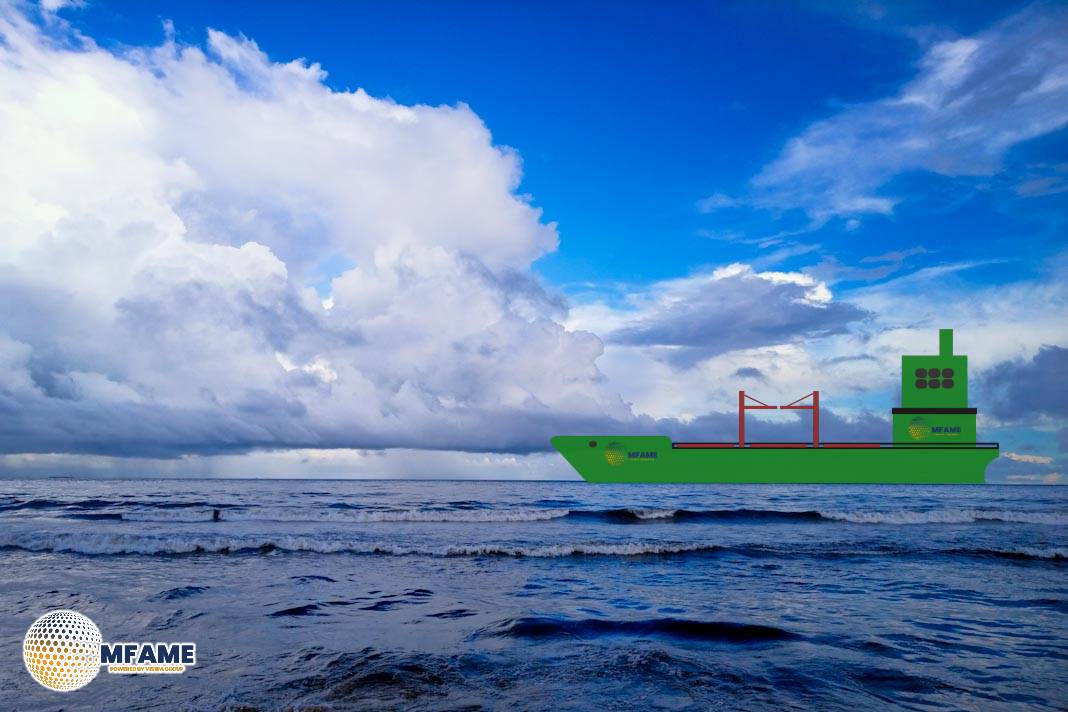According to Allseas, its 25 MWe / 70 MWt SMR design — rooted in proven high-temperature gas-cooled reactor (HTGR) technology — could be a game-changer. In a recent strategic impact analysis, the deployment of these reactors is projected to transform Dutch industry, support green shipping, and strengthen energy resilience.
Economic & Employment Impact
- By 2050, Allseas estimates its SMR deployment could generate €130 billion in value for the Dutch economy, combining its investment with wider supply-chain growth.
- The initiative could either preserve or create tens of thousands of jobs, including 10,000–15,000 roles maintained in existing industries and 35,000–40,000 new skilled positions across energy, maritime, and industrial sectors.
Reducing Grid Strain
One of the more strategic advantages of onsite SMR deployment is easing pressure on the national electricity grid. By producing power exactly where needed — such as in port zones or industrial clusters — Allseas suggests its SMRs could save up to €12 billion in grid reinforcement costs.
Improving Energy Affordability & Reliability
- Allseas’ SMR could supply both electricity and high-grade industrial heat (up to ~650 °C), making it highly competitive versus conventional gas turbines or some renewable heat technologies.
- This kind of distributed generation can strengthen energy security for critical industrial sites without over-reliance on the broader power grid.
Supporting Decarbonisation
A major part of the SMR’s appeal lies in emissions reduction: the analysis indicates potential global CO₂ savings of 65 megatonnes per year by 2050, a scale comparable to the emissions from several million homes. Within the Netherlands, the SMR rollout may cut Dutch industrial CO₂ emissions by 25 percent. In the maritime sector, up to 700 SMRs could be integrated into vessels, helping reduce up to 5 percent of global shipping emissions by mid-century.
Broad Application Potential
- The modular, scalable SMR is not just for shipping — it’s designed to support a wide set of use cases:
- Onshore industrial clusters like chemical plants and refineries
- Port facilities and logistics hubs
- Offshore operations (vessels, platforms)
- High-tech sectors that need reliable, high-temperature heat, such as computing or semiconductor manufacturing
- Strategically critical infrastructure that demands resilient and autonomous power
Roadmap to Deployment
Allseas has publicly outlined a five-year timeline for bringing its SMR to market, beginning with final design and pre-licensing, followed by the establishment of a dedicated production facility. Initial deployments are planned on land, with future movement toward offshore applications as regulatory acceptance evolves. The roadmap aligns with broader sustainability goals, including a 30 percent emissions reduction by 2030 and net-zero operations by 2050.
Institutional Backing & Governance
The company is collaborating with a range of technical, regulatory, and industrial stakeholders to ensure the project meets safety and market viability standards. Key activities include working on reactor design, aligning with national and international safety regulators, and preparing for classification and licensing according to established nuclear frameworks.
Did you subscribe to our daily Newsletter?
It’s Free — Click here to Subscribe!
Source: AllSeas
























